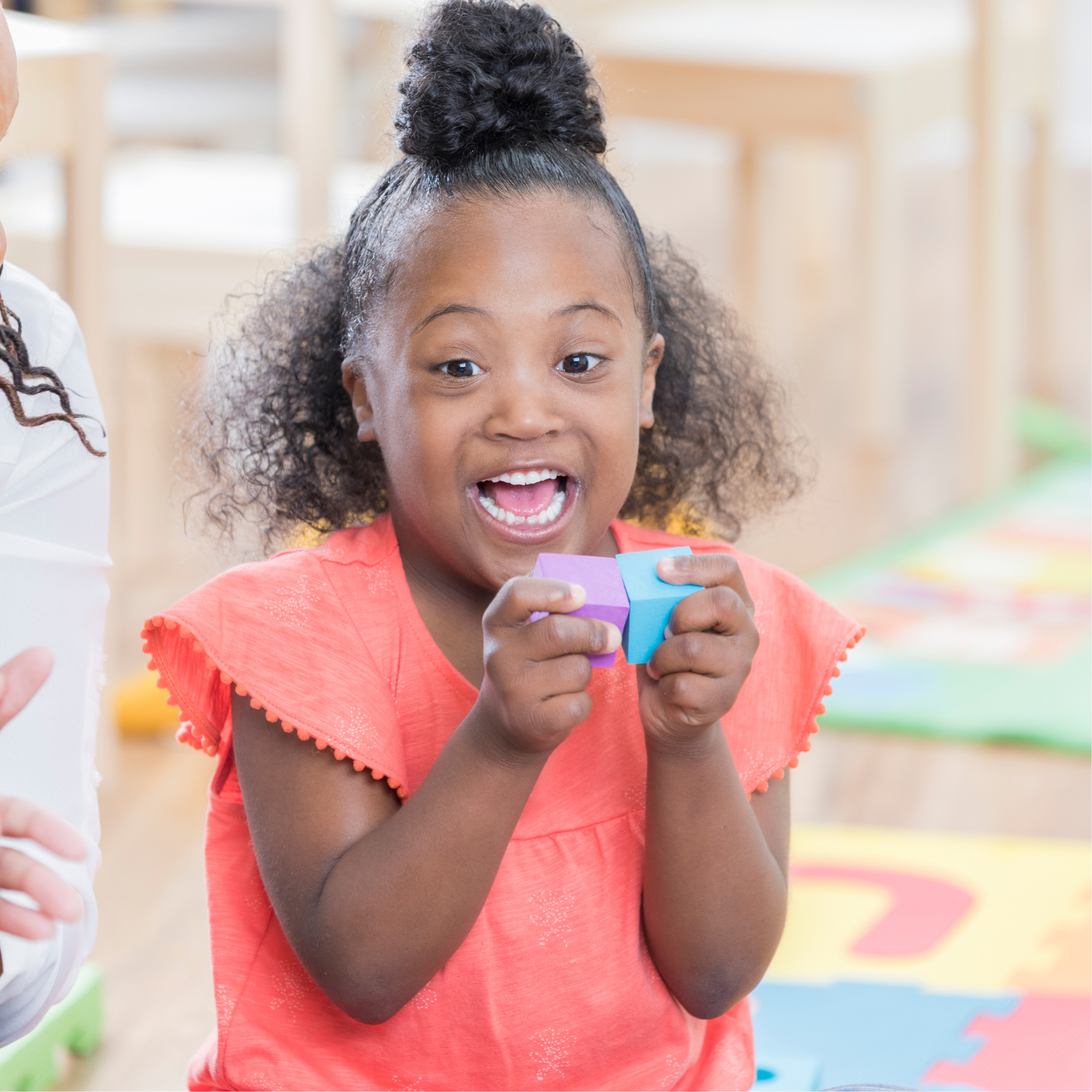
The following techniques can be especially effective when dealing with students exhibiting emotional and behavioural disorders:
1. Planned ignoring
Behaviours displayed to seek attention and do not pose safety risks or disrupt group functioning are best addressed through planned ignoring. This technique should never be used for aggressive behaviours. It may be necessary to teach the class to do this as well. Peer attention can be even more powerful than adult attention for some students.
Continue Reading
Photo by Emmanuel Ikwuegbu:
https://www.pexels.com/photo/person-in-yellow-crew-neck-t-shirt-reading-a-book-9628111/
Identify characteristics of students with learning disabilities and link to descriptions of successful strategies for working with these special children.
Editor's note: For more information on each of the characteristics, as well as successful strategies, click on the links below.
Four of the most common and troublesome characteristics of learning disabled students are:
- Impulsivity: the tendency to jump into a situation without thinking or making a plan.
- Disorganization: the inability to organize the simplest of tasks.
- Distractibility: the inability to sustain attention appropriately.
- Poor memory: the inability to remember information that has been taught.
Continue Reading

Photo by cottonbro studio: https://www.pexels.com/photo/an-afro-haired-man-reading-a-book-in-the-library-6214878/
When you were growing up were you lucky enough to have a library at your school or near where you lived? Did you ever visit it and use it? And, what experiences of using the library are you offering your children as they grow up?
In South Africa, far too many people still do not have access to libraries but those of us that do have a wonderful resource to draw on and to expose our children to. Research published by the National Literacy Trust in the UK shows that there is a definite link between children and young people who use libraries and good reading skills – young people who use the library are nearly twice as likely to be above-average readers than those who don’t.
Continue Reading

Photo by Marchalilah: https://www.pexels.com/@marchalilah-28178261/
1. Help your children be better readers. Research published by the National Literacy Trust shows that young people (aged 8 to 16) who use the library are nearly twice as likely to be above-average readers than youngsters who don’t.
2. Establish the reading habit. Weekly or fortnightly trips to the library help you and your children make a regular “date” with books and so you all get into the habit of reading – something that your children can enjoy for the rest of their lives!
3. Something for everyone. Libraries offer books for all ages and interests, all under one roof – from board books for babies, to picture books for young children, and novels and information books for older children and adults.
Continue Reading






